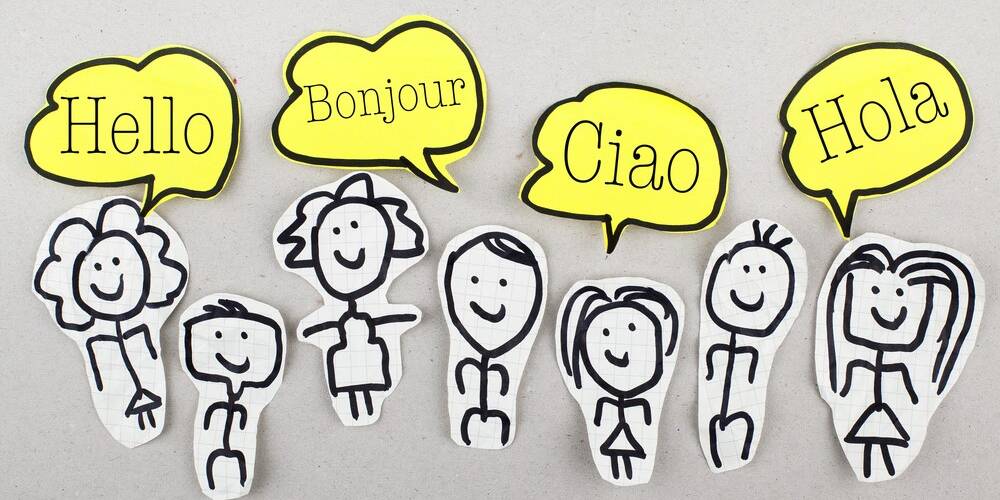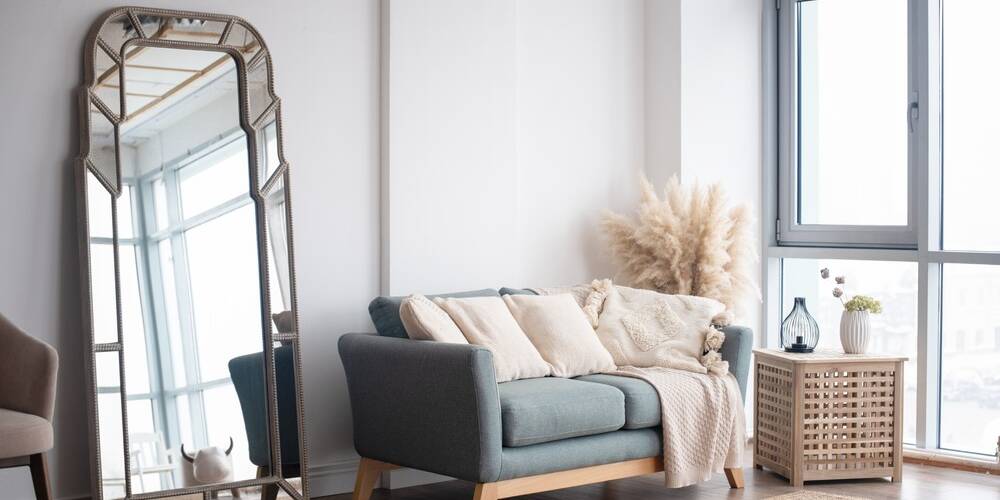Getting ready to launch your first business? Or maybe you’re already set up and are looking for ways to promote your start-up? Business cards shouldn’t be missing from your print marketing mix. The little paper cards are a great way to stay in touch with potential customers and promote your services and products when you’re out and about. Like pocket-sized advertising banners, they can boost call-to-action and leave a positive impression with potential clients. You could hire a designer to help you come up with a suitable logo. If you prefer a more personalised option why not design your own? Here are some of the top tips to get started designing your business cards.
Get the logo ready
A well-thought-out logo is a vital feature of your company’s website but also your business cards. That’s why you should finish the design of the logo before creating the business cards. Colour schemes and fonts are the most important choices when it comes to crafting a logo. You could draw a few ideas on paper and modify them using creative software afterwards. If Photoshop isn’t your thing, hire a freelancer online to help you. Alternatively, download photoshop free with just one click.
What are you trying to say?
With your logo now finished, it’s time to think about what you want your business cards to communicate. A business card says a lot about you, so it’s worth spending some time thinking your message through. Are you an individual or a brand? Do you prefer visuals or text, or a combination of the two? If you’re providing a creative service, you may want your business cards to reflect that. In that case, create cards that display your personality and incorporate some of your styling preferences. For more straightforward business cards, you could still play on the industry you operate in or think of a more visually gripping way to promote your services.
Shapes, colours, fonts
Now for the fun part: choosing shapes, colours, and fonts. But beware there are countless options and it’s important not to get carried away. For example, avoid choosing a business card in the shape of a whale unless your business has something to do with oceans or animals. You can order special shapes to help prospective clients understand and remember what your company is all about. Also, bear in mind the size of your design. It’s highly likely you’ll still want it to fit inside your wallet or purse.
Colours are a wonderful way to make your design and text come to life. But use them sparingly. You can make important information like your email address or phone number stand out by colouring it differently from the rest of the text. Just avoid overloading the little card with too many different colours as it can become difficult to read the information.
The same goes for fonts. You’ll want to choose a font that gels well with the logo and overall design of the business cards. But it’s best to stick to one or two different fonts.
What information goes onto a business card?
It’s up to you what information you decide to add to your calling card, but the following are some common choices:
- Logo
- Slogan
- Name and company name
- Job title
- Photo number
- Website URL
- Social media URLs
- Business address
- QR code
Printing shop or printing at home?
Unless you’ve chosen a simple square design, it’s not advisable to print your business cards at home. A professional printing shop can deliver the cards just the way you wanted them using quality paper and ink. That said, it is possible to print business cards at home. You’ll need thick paper in a gloss or matte finish, depending on your preferences. Most business cards are printed on both sides. So you’ll need a printer that can print front and back. You’ll also want to choose quality ink or toner from a reliable supplier like TonerPartner that doesn’t easily smudge and sticks perfectly to your choice of paper.
It’s a good idea to give the experts a call to avoid making too many mistakes. Once you’re all set up and ready to go, you can do a few test prints.




